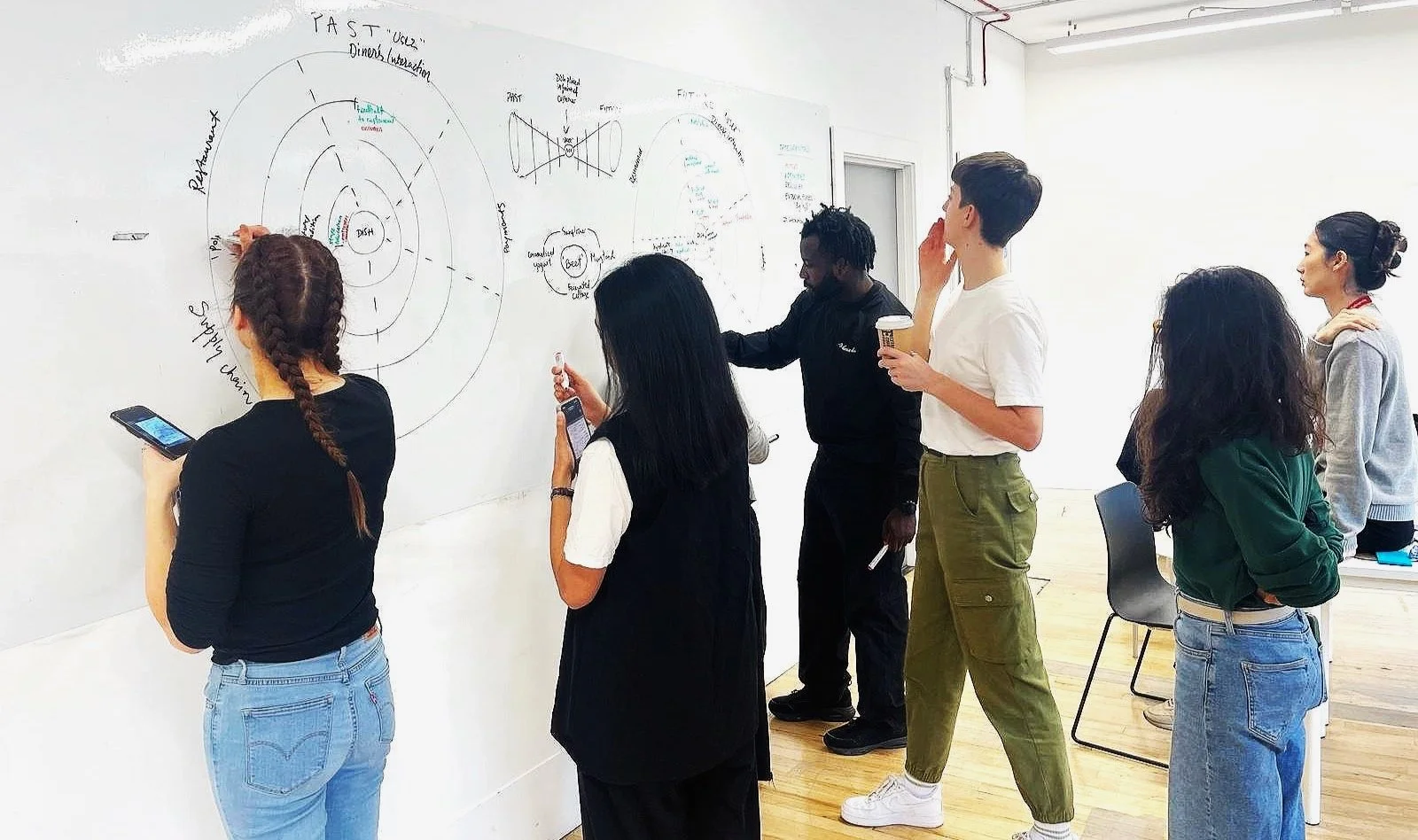Service Designer, Visual Communication
Ongoing Projects
Royal College of Art
Teaching Facilitator/Coordinator
Teaching and organising masterclasses and workshops as part of the RCA’s Executive Education team.
Sculpti LTD
Lead UX/UI Designer and Brand Strategist
Tech/AI start up focusing on fitness, tailored personal training and wellbeing.
Loosters
Founder/Brand Strategist
Gender Health Equity social enterprise focusing on toilet accessibility and city design.
RCA Executive Education
Teaching Facilitator/Coordinator
Teaching Design masterclasses & workshops as part of the RCA’s Executive Education team.
Previous Projects
Seedbank Studio
Service Designer
Redesigning narratives of exclusion and stigma within underserved communities
Greenlink Bromley
Service Designer
Co-creating community-led solutions for a cleaner and greener future in Bromley
Performing Data
Animator & Spatial Designer
An ambient reflection on climate, care, and collapse - data as an emotional landscape
Algorithmic Assimilation
Service/Spatial Designer
An algorithmic Escape Room exploring the dangers of echo chambers and polarised digital systems
Social Design Manifesto
Service Designer
“For me, design is about taking action and implementing solutions, not just discussing ideas.”










